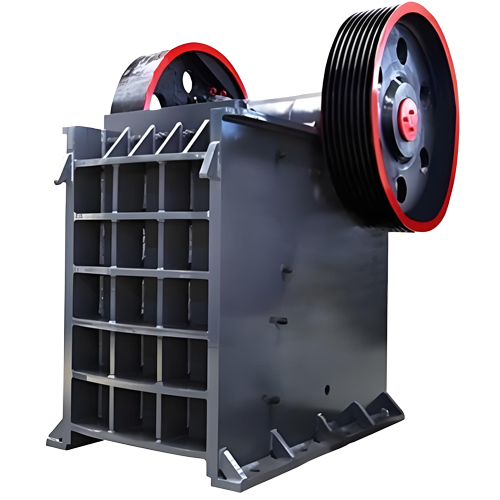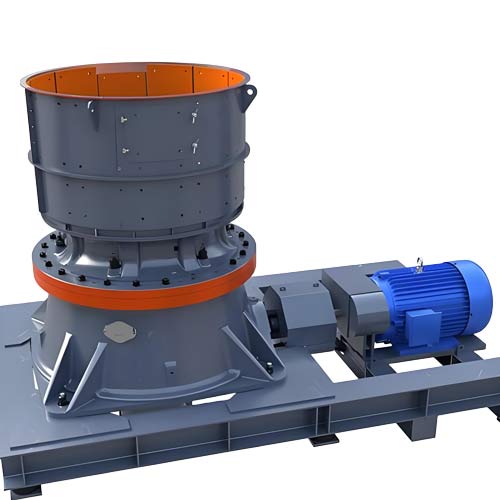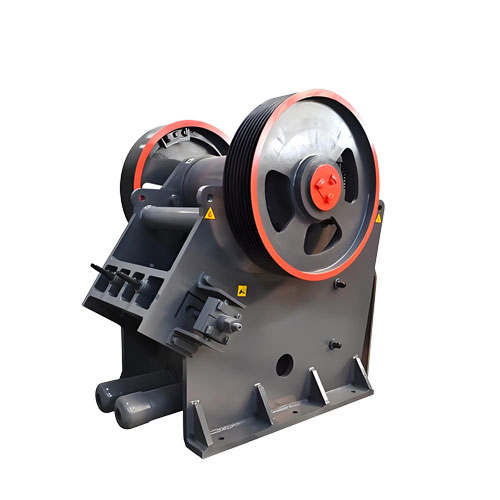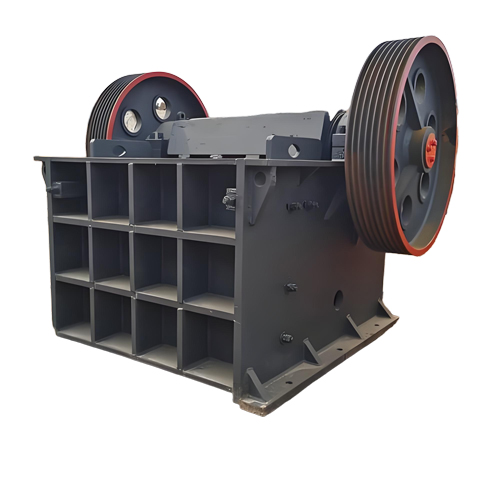


1″ Crusher Run Limestone
Alternative Names: DOT Type 1, ¾" Minus, CR-6, DGA (Dense Grade Aggregate)
Nominal Top Size: 1 inch (25 mm)
Gradation: A blend of crushed limestone from 1" down to limestone dust (fines).
Fines Content: Typically contains 10-15% limestone dust to aid in compaction.
Product Introduction
1″ Crusher Run Limestone, also known as DOT Type 1 or ¾” Minus, is a versatile and essential aggregate material used extensively in construction and landscaping. It is composed of a blend of crushed limestone fragments, ranging in size from 1 inch (25mm) down to fine limestone dust (fines).
The “crusher run” name comes from the manufacturing process, where the material is crushed and then immediately run through a screen, ensuring a consistent and well-graded blend of coarse and fine particles. This unique composition allows the material to compact exceptionally well, forming a stable, solid, and durable base that is resistant to shifting and settling.
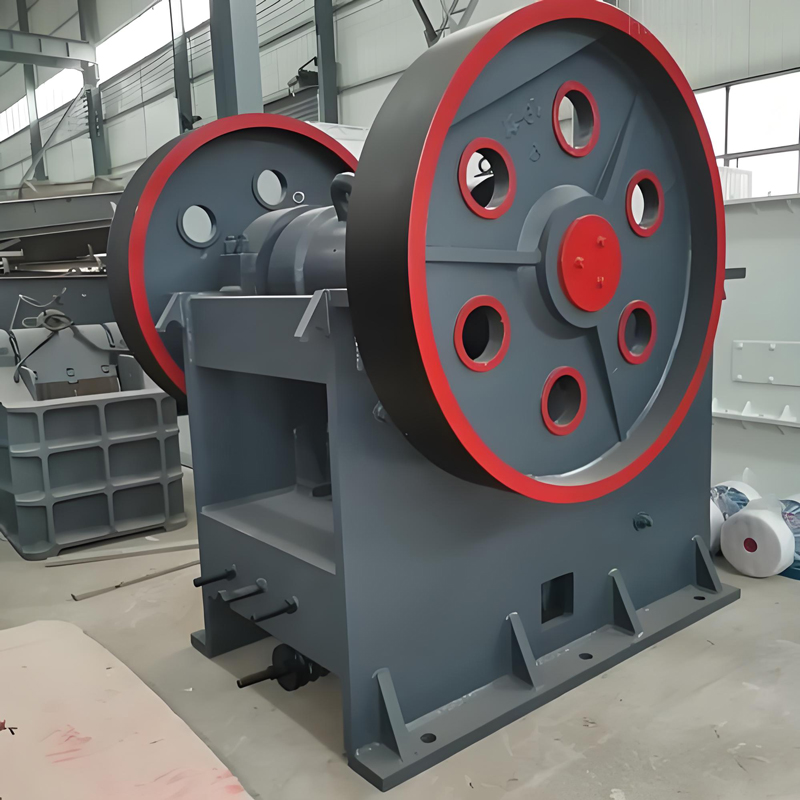
Key Features & Benefits
-
1. Excellent Compaction: The high fines content fills the voids between the larger stones, allowing the material to bind together tightly when compacted. This creates a dense, semi-impermeable layer that locks everything in place.
-
2. High Stability & Load-Bearing Capacity: Once compacted, 1″ Crusher Run forms a solid, stable base that can support heavy loads, making it ideal for driveways, parking areas, and under slabs.
-
3. Durability: Composed of hard limestone, this product is resistant to weathering and erosion, ensuring long-term performance.
-
4. Cost-Effective: It is one of the most economical choices for a reliable base material, reducing the need for more expensive alternatives and minimizing future maintenance.
-
5. Drainage: While it compacts to a solid surface, it still allows for better drainage than clay-based materials, helping to prevent water pooling.
-
6. Versatility: Its unique properties make it suitable for a wide range of applications, from foundational bases to surfacing for unpaved roads.
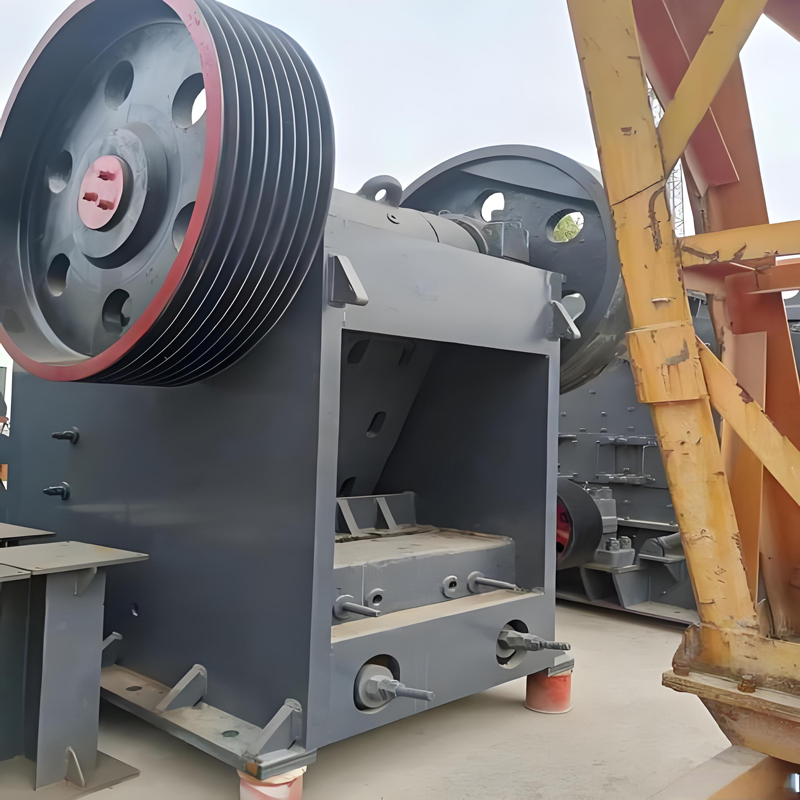
Technical Specifications
| Parameter | Specification |
| Product Name | 1″ Crusher Run Limestone |
| Alternative Names | DOT Type 1, ¾” Minus, CR-6, DGA (Dense Grade Aggregate) |
| Nominal Top Size | 1 inch (25 mm) |
| Gradation | A blend of crushed limestone from 1″ down to limestone dust (fines). |
| Fines Content | Typically contains 10-15% limestone dust to aid in compaction. |
| Color | Light gray to white. |
| Compaction | Compacts to a very dense, stable surface. |
| Primary Use | Base Material |
Note: Exact gradation may vary slightly by quarry location. Specifications can be provided upon request.
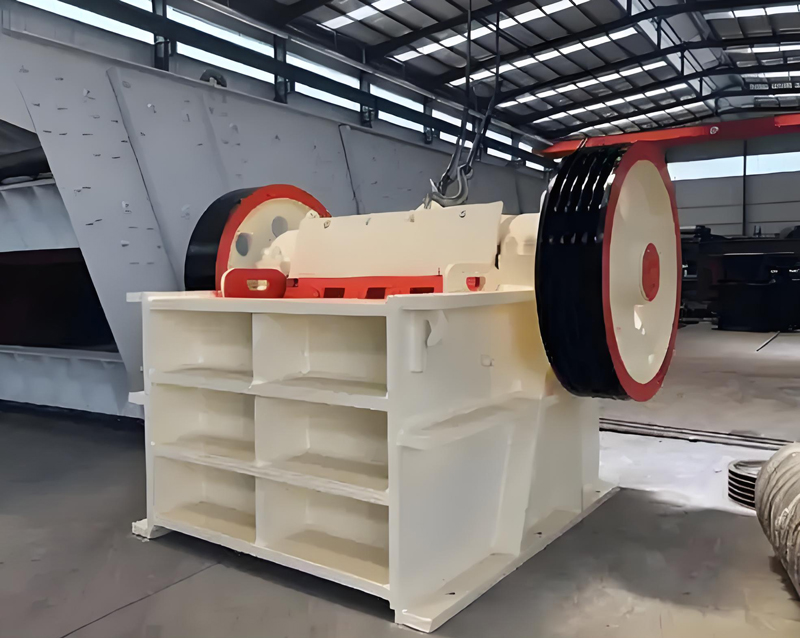
Applications & Industries
1″ Crusher Run Limestone is a fundamental material across multiple industries:
-
Construction:
-
1. Base for concrete slabs and pavements.
-
2. Sub-base for roads, highways, and parking lots.
-
3. Backfill for utility trenches and pipelines.
-
-
Residential & Landscaping:
-
1. Base material for patios, walkways, and retaining walls.
-
2. Driveway construction (both as a base and surface for unpaved drives).
-
3. Leveling and stabilizing uneven ground.
-
-
Agriculture:
-
Creating stable, mud-free surfaces for farm roads and livestock areas.
-
-
Industrial:
-
Stable base for storage yards and heavy equipment pads.
-
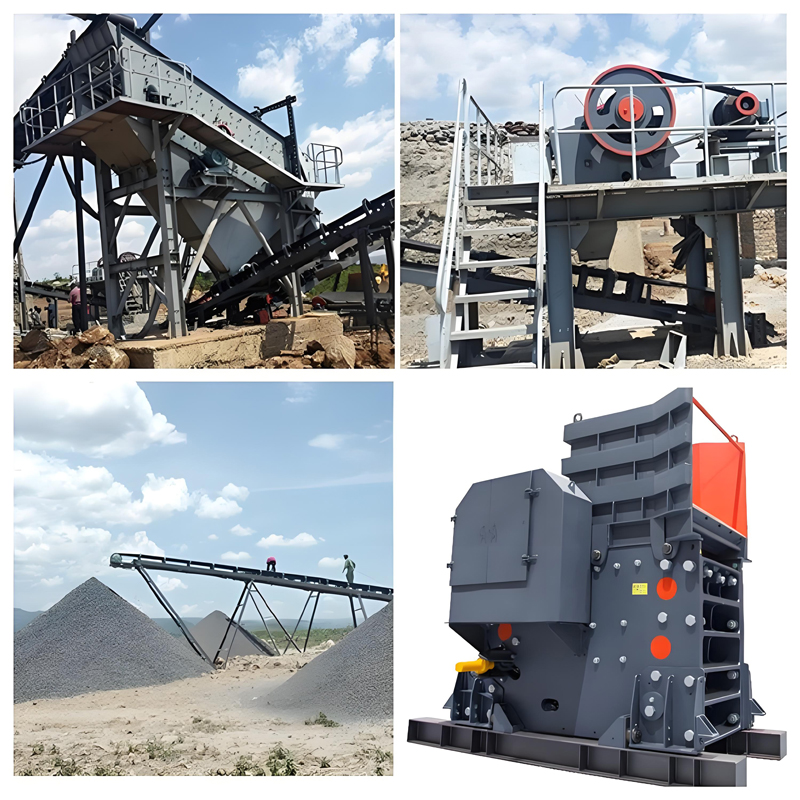
FAQ: 1″ Crusher Run Limestone
Q1: How is 1″ Crusher Run different from regular gravel?
A1: Regular gravel (like washed stone) is clean and contains no fines. It does not compact well and remains loose. Crusher Run contains stone dust (fines) that allow it to compact into a hard, stable surface, whereas regular gravel is better for drainage applications.
Q2: Can I use it for the top layer of my driveway?
A2: Yes, it is a very popular and economical choice for the surface of unpaved driveways. It compacts to a hard surface that is more resistant to ruts and washouts than plain gravel. For a finished look, some prefer to top it with a smaller, cleaner stone like #57 Limestone.
Q3: How much do I need for my project?
A3: To calculate the amount you need:
- Calculate the area (Length x Width) in square feet.
- Determine the depth in inches (e.g., 4 inches for a driveway base).
- Use the formula: Tons Required = (Square Footage × Depth in inches) ÷ 324.
*Example: For a 10’x50′ (500 sq ft) driveway at a 4″ depth: (500 × 4) ÷ 324 = 6.17 tons.*
Q4: How do I properly compact Crusher Run?
A4: Spread the material in layers (lifts) no thicker than 4-6 inches. Use a mechanical plate compactor or a vibrating roller for best results. For optimal compaction, the material should have a slight moisture content; a light spraying with water before compacting is often recommended.
Q5: Is it permeable?
A5: When loosely laid, it has some permeability. However, once fully compacted, the fines create a dense, semi-impermeable layer that limits water infiltration. It is not suitable for French drains or other applications requiring high water flow.
Q6: Does the limestone dust create a mess?
A6: When dry, the fines can be dusty. This is typically only an issue during installation before the material has been compacted and settled. Once compacted and after a few rain showers, the dust is significantly reduced.
Inquiry
Please leave us your requirements, we will contact you soon.


